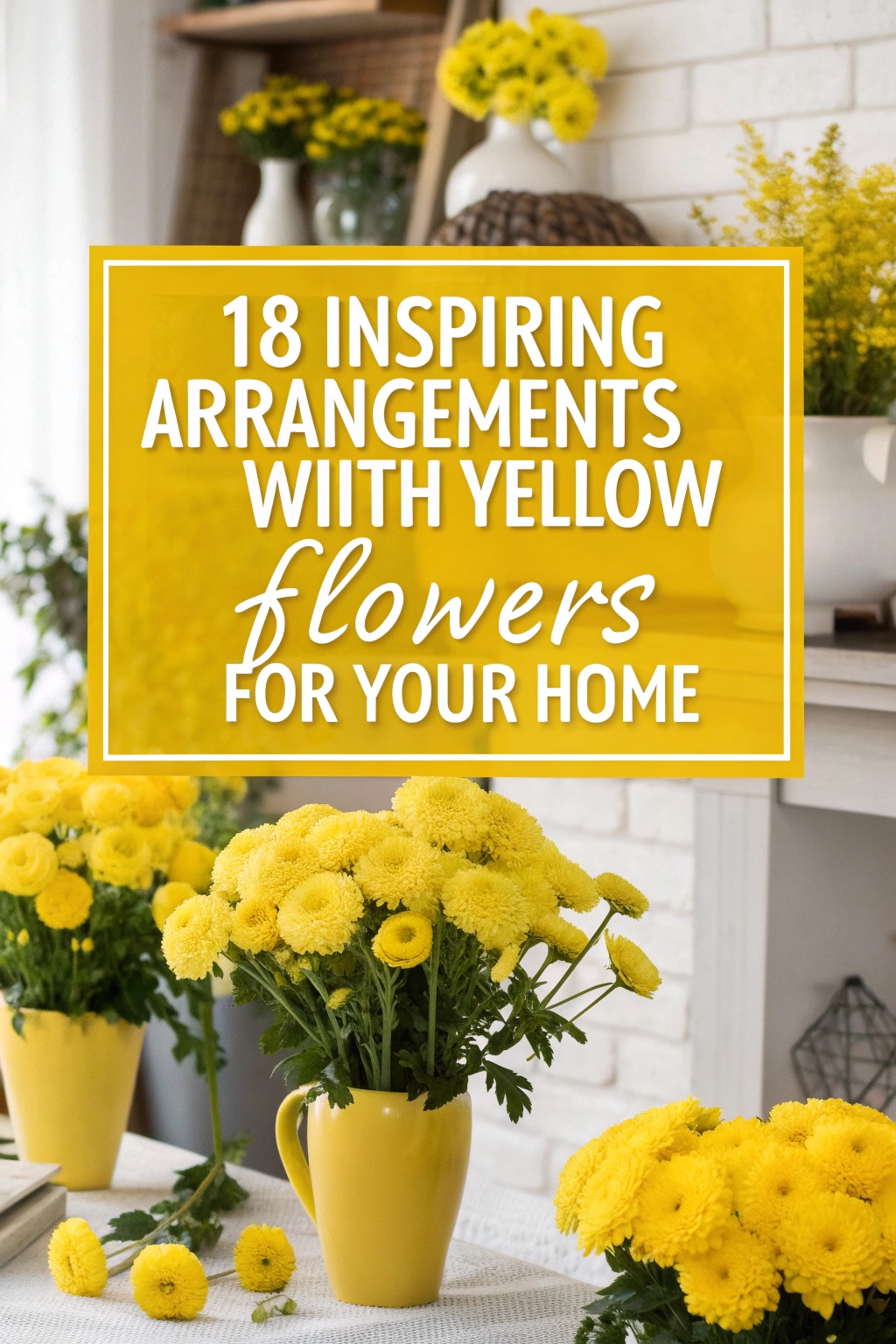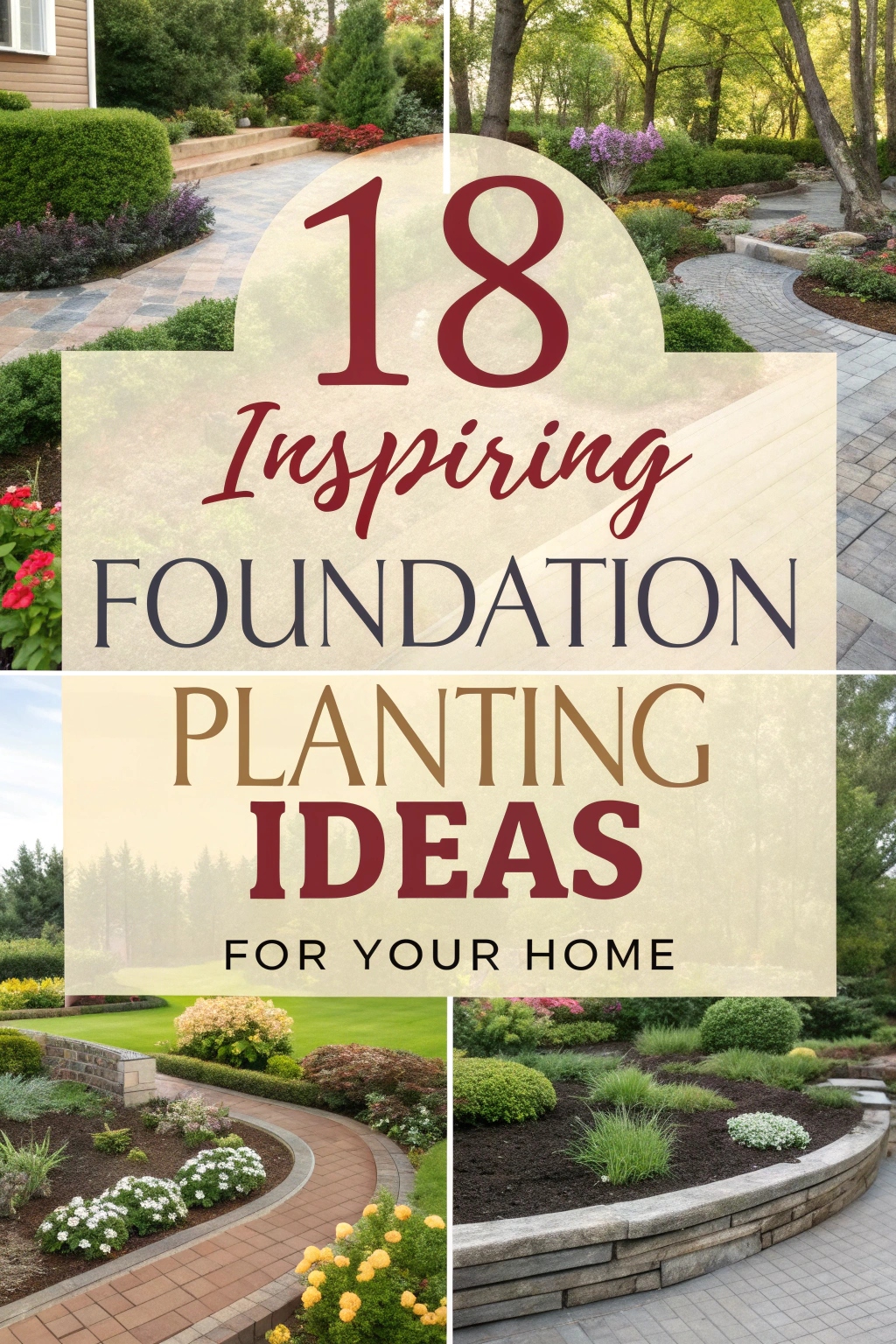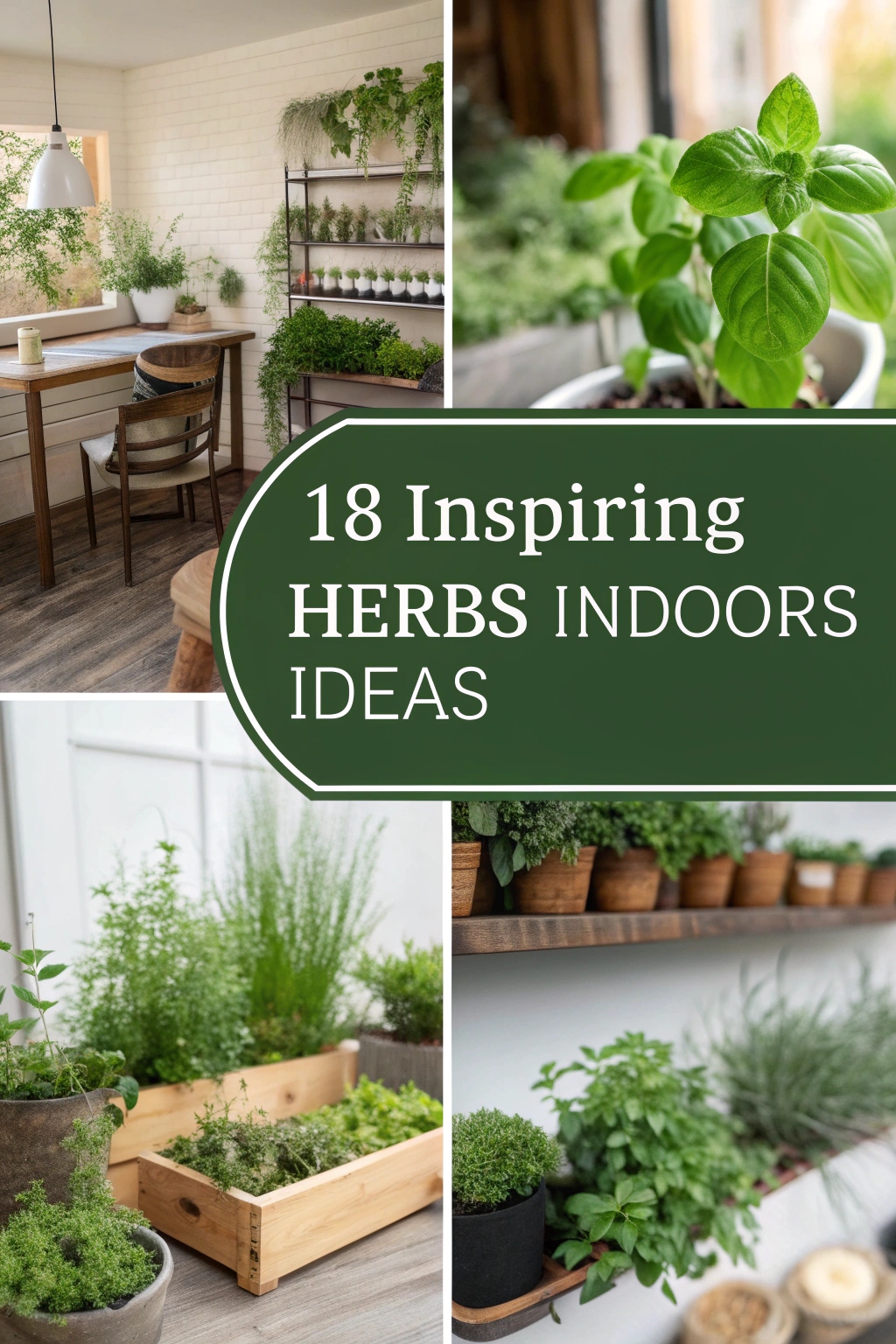16 Inspiring Ideas for Growing Beautiful Flowering Plants
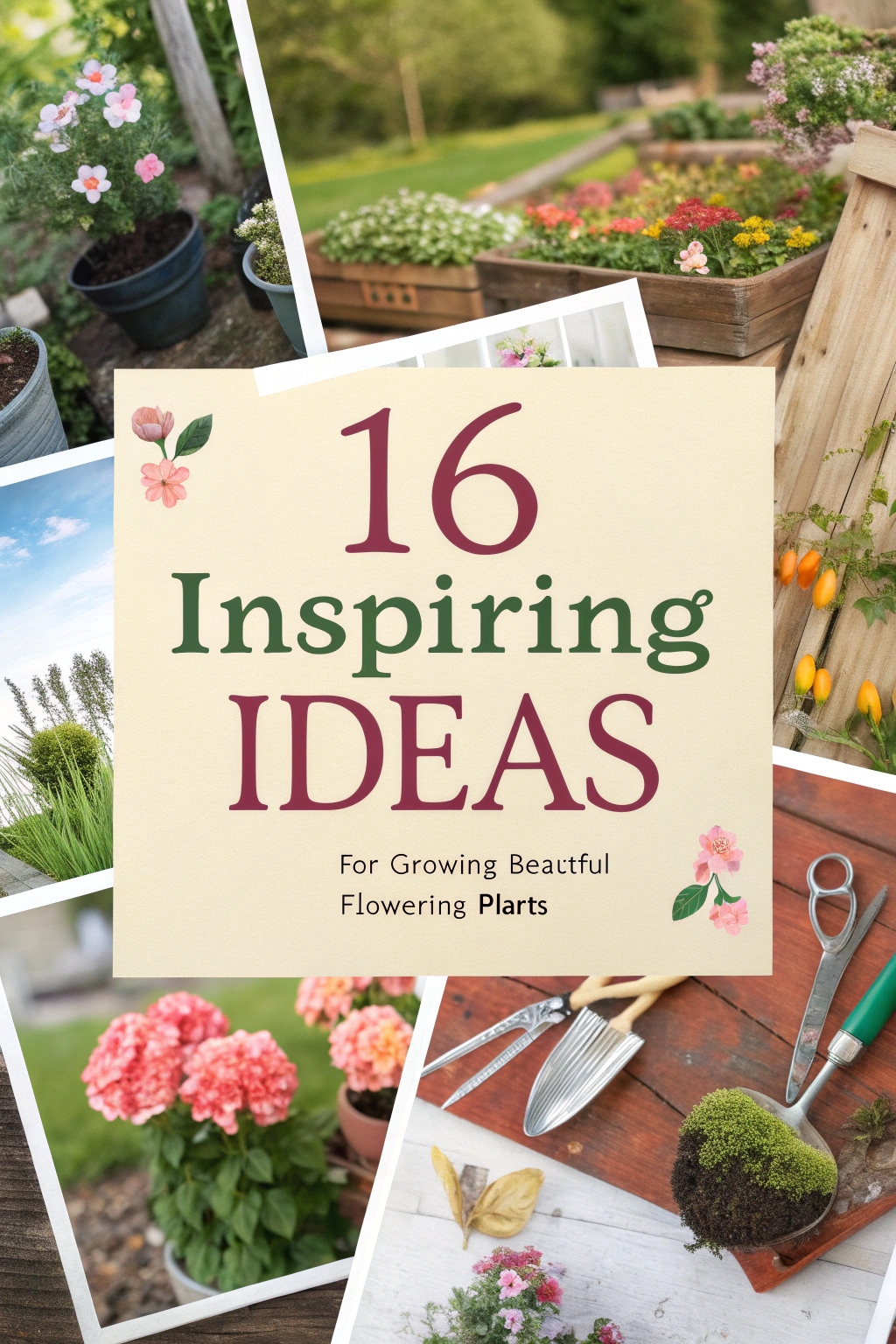
Growing beautiful flowering plants can transform any space into a vibrant oasis. To get started, you’ll need to evaluate the right plant varieties suited for your climate and available area. Mixing colors and textures adds visual appeal, while container and vertical gardening can optimize limited spaces. Each choice can lead to a stunning display, but understanding the necessary techniques and maintenance is key to sustaining their beauty. So, what are the first steps you can take to guarantee a thriving garden?
Choosing the Right Flowering Plants for Your Space

When selecting flowering plants for your space, consider factors such as sunlight, climate, and available space. Choose hardy varieties that thrive in your environment, whether indoors or outdoors. For small spaces, opt for compact flowers like pansies or succulents with blossoms. In larger areas, consider vibrant shrubs or climbing plants that can add height and visual interest. Always assess your personal aesthetic preferences to create a harmonious and inviting atmosphere.
Understanding Your Climate Zone
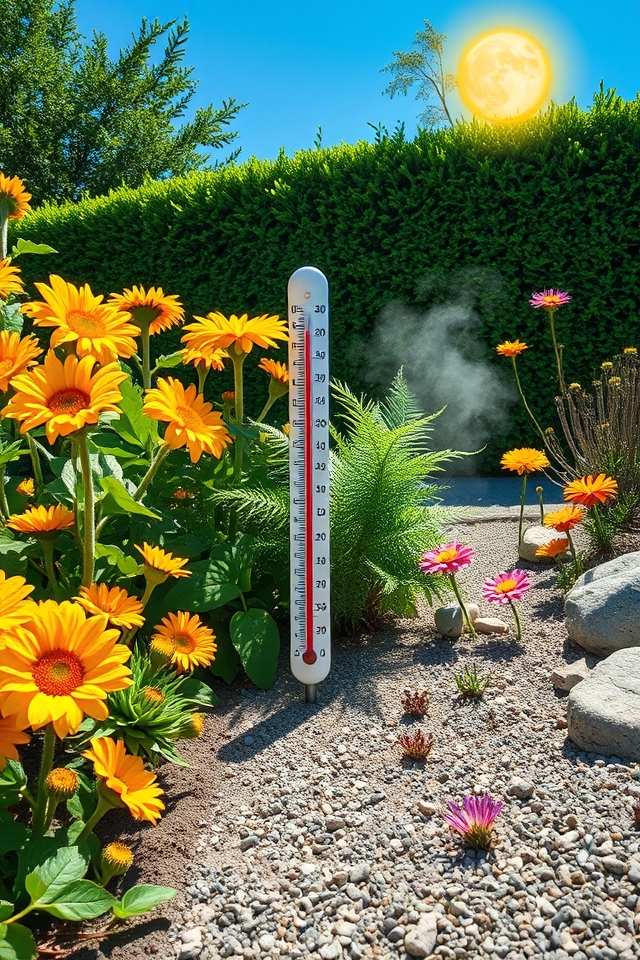
Understanding your climate zone is essential for selecting the right flowering plants for your garden. Climate zones, defined by temperature, rainfall, and seasonal changes, can greatly impact plant growth. Familiarizing yourself with your specific zone helps you choose species that will thrive in your environment, ensuring vibrant blooms and healthy foliage. Additionally, knowing your zone can guide you in understanding the best planting times and care techniques tailored to your local weather conditions.
Container Gardening for Small Spaces

Container gardening is an excellent solution for small spaces, allowing you to cultivate vibrant flowering plants in limited areas like balconies, patios, or window sills. With a variety of uplifting blooms available, such as petunias, marigolds, and geraniums, you can create stunning displays that enhance your outdoor decor. Utilizing different pot sizes and arrangements, you can maximize your space while enjoying the beauty and fragrance of your favorite flowers all season long.
Vertical Gardening Techniques
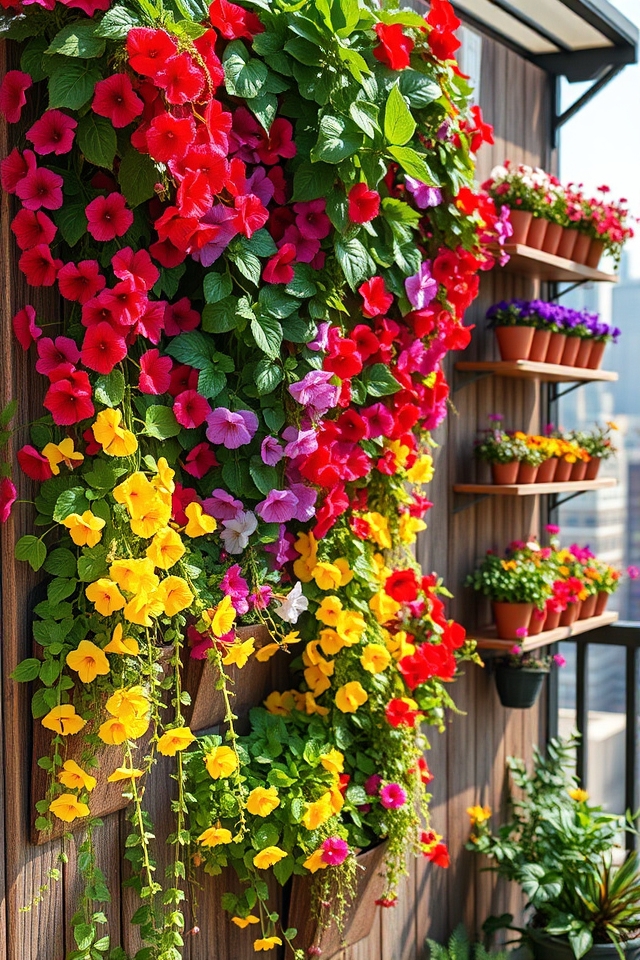
Vertical gardening techniques offer innovative solutions for maximizing space and enhancing aesthetics in any garden. By utilizing walls, fences, and trellises, gardeners can create stunning displays of flowering plants that thrive vertically. Techniques such as pocket planters, wall-mounted shelves, and DIY stacked pots not only save ground space but also allow for better sunlight exposure and air circulation. This approach fosters a lush, vibrant environment, perfect for urban settings or limited outdoor areas.
Companion Planting for Pest Control
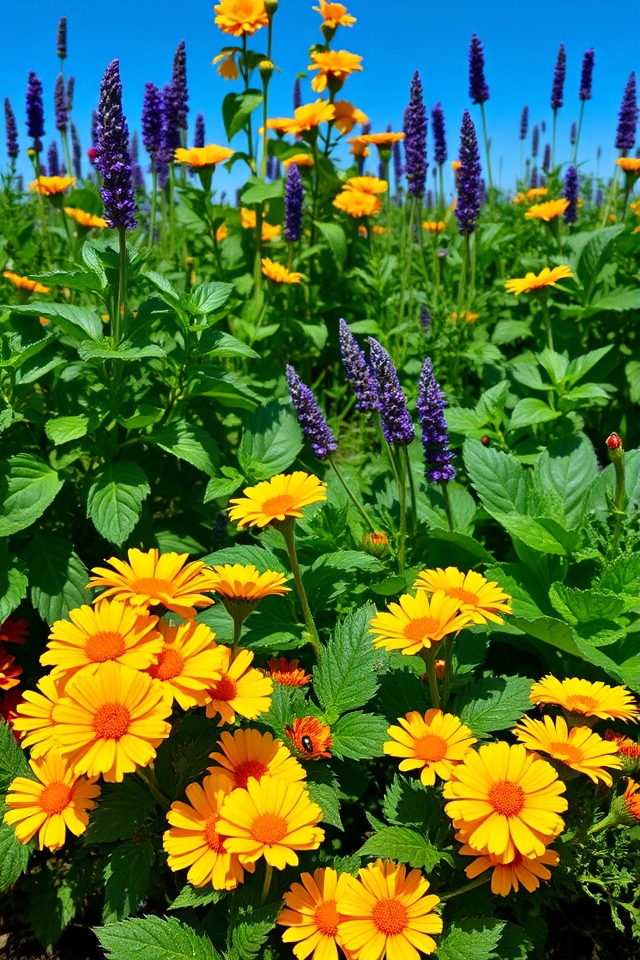
Companion planting is a natural pest control method that involves growing specific plants together to enhance growth and deter pests. Certain plants can repel harmful insects or attract beneficial predators. For example, marigolds are known to deter nematodes and aphids, while basil can repel flies and mosquitoes. By strategically combining flowering plants with companion crops, gardeners can create a balanced ecosystem that promotes healthy growth and minimizes the need for chemical pesticides.
Utilizing Native Plants in Your Garden
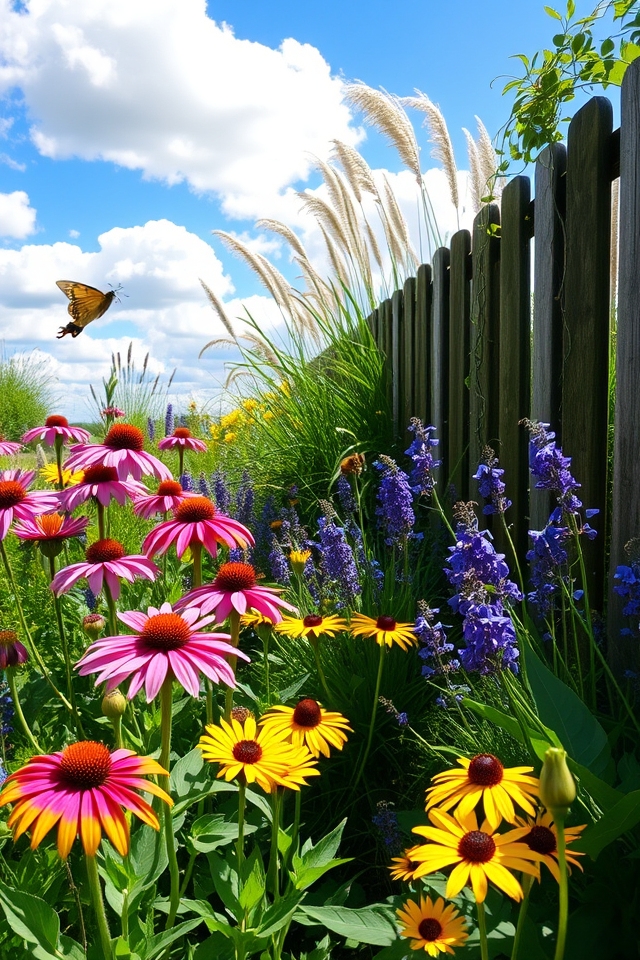
Utilizing native plants in your garden not only enhances the aesthetic appeal but also supports local ecosystems. Native plants are adapted to the local climate and soil, requiring less water and maintenance compared to non-native species. They provide essential habitats for local wildlife, including pollinators like bees and butterflies. By incorporating these plants, you promote biodiversity while creating a sustainable garden environment that flourishes year-round. Embrace the beauty of your region’s flora!
Incorporating Perennials for Long-Lasting Blooms

Incorporating perennials into your garden is a fantastic way to guarantee long-lasting blooms that return year after year. These hardy plants not only provide vibrant colors and textures but also offer a stable foundation for your landscaping. From the bright daisies to elegant hostas, the variety of perennials can create stunning contrasts and continuous visual interest. By selecting a range of species that bloom at different times, you can enjoy a flourishing garden throughout the seasons.
The Benefits of Raised Garden Beds

Raised garden beds offer numerous benefits for cultivating flowering plants. They improve drainage, allowing for healthier root systems, and can be customized for ideal soil quality, making it easier to grow vibrant blooms. Additionally, these beds reduce soil compaction, deter pests, and make gardening accessible for individuals with mobility challenges. Elevated planting also provides better weed control and extends the growing season, resulting in a more productive and enjoyable gardening experience.
Creating a Pollinator-Friendly Garden

Creating a pollinator-friendly garden is a rewarding way to support local ecosystems while enhancing the beauty of your outdoor space. Start by choosing native flowering plants that provide nectar and pollen for bees, butterflies, and other pollinators. Incorporate a variety of colors and shapes to attract different species. Avoid pesticides and provide water sources to create a haven for these essential creatures. By prioritizing biodiversity, you can cultivate an inviting environment that thrives with life.
Seasonal Planting for Year-Round Color
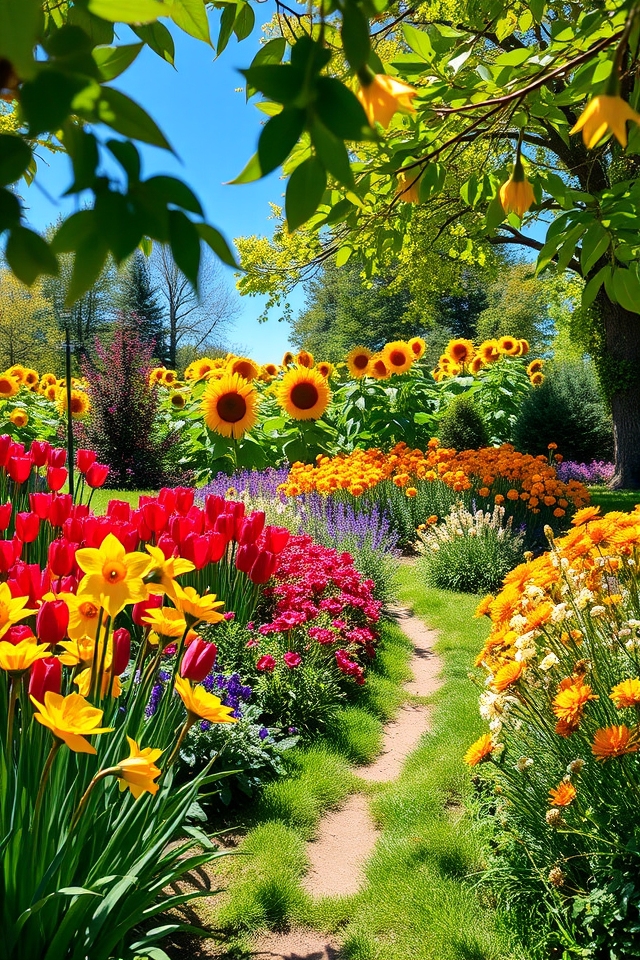
Seasonal planting guarantees that your garden bursts with color throughout the year. By selecting a diverse array of flowering plants that bloom in different seasons, you can create a vibrant landscape. Start with early spring bulbs like tulips and daffodils, shift to summer favorites such as lilies and sunflowers, and finish with autumn classics like chrysanthemums. Incorporating winter bloomers, such as hellebores, will keep your garden lively and cheerful even in the coldest months.
Experimenting With Color Schemes

Experimenting with color schemes in flowering plants opens up a world of creativity for gardeners and landscape designers. By combining complementary hues, such as vibrant oranges with deep blues, or soft pastels like pinks and whites, you can create eye-catching displays that draw attention and uplift the spirit. Consider seasonal variations and the plants’ bloom times to achieve continuous color throughout the year. Mixing textures and shapes alongside colors further enhances the visual appeal, transforming any garden space into a vibrant masterpiece.
Using Fragrant Flowers to Enhance Your Space

Using fragrant flowers to enhance your space can transform any environment into a soothing sanctuary. Consider planting aromatic varieties like lavender, jasmine, or roses, which not only add beauty but also infuse your area with delightful scents. These blossoms can be strategically placed in gardens, window boxes, or indoor pots to create a rejuvenating atmosphere. Their natural fragrance has mood-lifting properties, making your home or workspace a more pleasant and inviting place.
Tips for Maintaining Healthy Soil

Maintaining healthy soil is essential for vibrant flowering plants. Start by regularly testing your soil to assess pH and nutrient levels. Incorporate organic matter, such as compost or well-rotted manure, to enhance fertility and improve soil structure. Practice crop rotation and cover cropping to prevent nutrient depletion and control pests. Additionally, avoid over-tilling to protect beneficial microorganisms. Adequate mulching helps retain moisture and suppress weeds, promoting a thriving, healthy environment for your plants.
Watering Techniques for Thriving Flowers

Proper watering techniques are essential for promoting healthy, thriving flowering plants. It’s important to water deeply and less frequently, allowing the soil to dry out between sessions, which encourages root growth. Early morning is the best time to water, minimizing evaporation and allowing plants to absorb moisture during the day. Drip irrigation or soaker hoses can provide consistent moisture while preventing overwatering, ensuring your blooms stay vibrant and lush throughout the growing season.
Pruning and Deadheading for More Blooms

Pruning and deadheading are vital practices for encouraging more blooms in flowering plants. By removing spent flowers, or deadheading, you prevent plants from expending energy on seed production and instead promote new growth. Pruning, which involves cutting back stems and branches, not only shapes the plant but also stimulates the production of new flowers. Timing and technique are key; always use clean, sharp tools to guarantee healthy cuts and maximize blooming potential.
Designing Flowers for Cut Arrangements
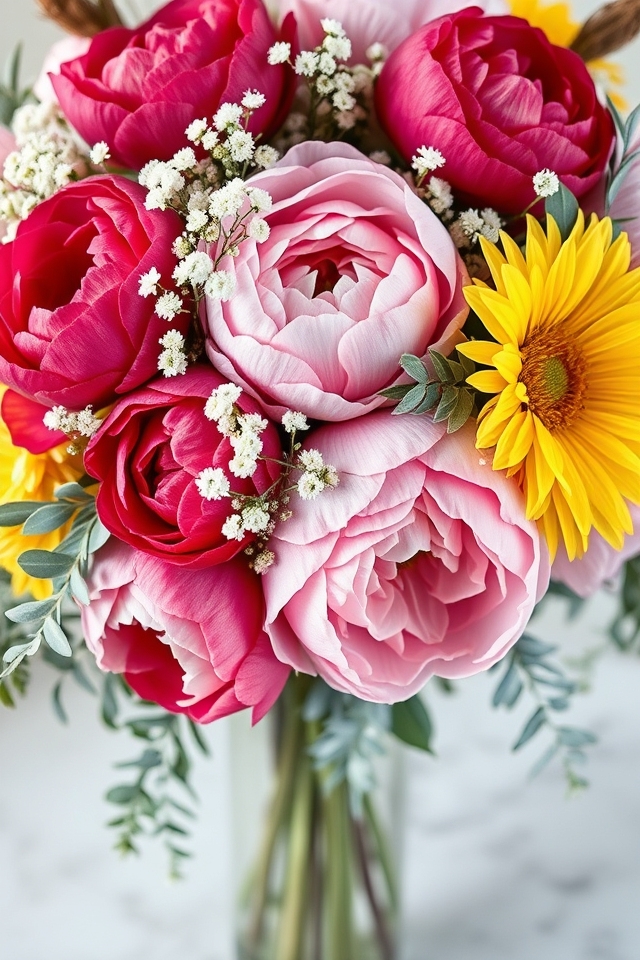
Designing flowers for cut arrangements involves selecting blooms that complement each other in color, texture, and shape. Consider creating a balanced look by combining large focal flowers, such as peonies or dahlias, with smaller filler flowers like baby’s breath or asters. Incorporating greenery, such as eucalyptus or ferns, adds depth and contrast. Pay attention to the height and placement of each flower to guarantee a visually appealing arrangement that captivates and inspires.
